Like any other activity-based business, gun ranges employ varying guidelines. But many of the overriding gun range rules apply everywhere. For example, the four cardinal rules of gun safety — while wording may differ — remain constant:
- Treat guns as if they are always loaded.
- Keep your finger off the trigger until ready to fire.
- Never point your muzzle at anything you’re not intending to destroy.
- Be sure of your target and what’s behind it.
While basic safety behavior is always the same, specific indoor and outdoor shooting range rules can vary from place to place. Here are some range rules and policies you’re likely to encounter.
180-Degree Rule
The “180 rule” is a common one. You’ll see it’s really a repackaging and reinforcement of Rule 3 — don’t point your muzzle at anything you’re not willing to destroy.
Imagine the shooting counter or bench. Stand behind it, facing the backstop. Now picture a half circle extending directly in front of you. It arcs from 90 degrees to your left to 90 degrees to your right. You can also picture a vertical half circle starting under your feet and extending to directly over your head, with the curve again directly in front of you. The idea is that your gun points nowhere outside of those 180-degree arcs. In other words, it cannot point behind you in any possible way. Make sense?
In practicality, this rule usually applies to outdoor ranges with backstop berms on three sides. The “180” area ensures that any negligent discharge will be caught by one of those backstops.
Read the rest: Typical Gun Range Rules | Beginner Advice – USCCA



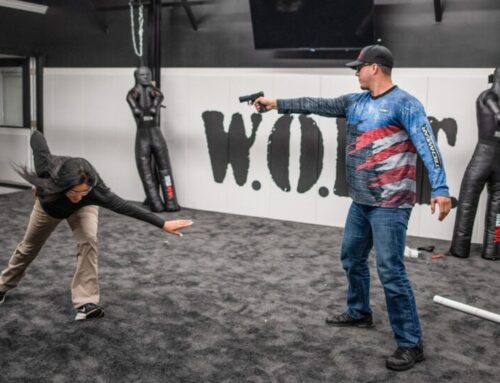
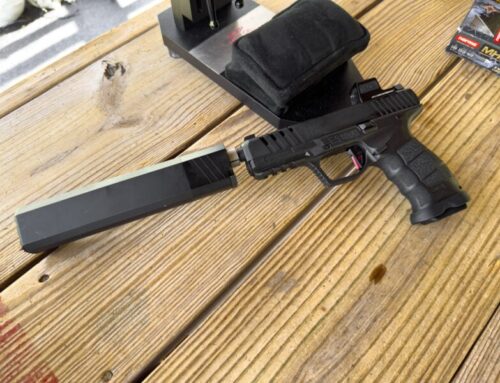
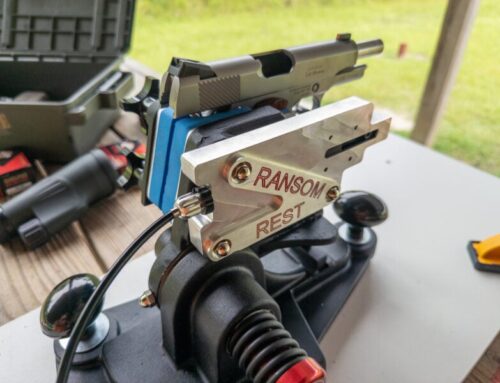
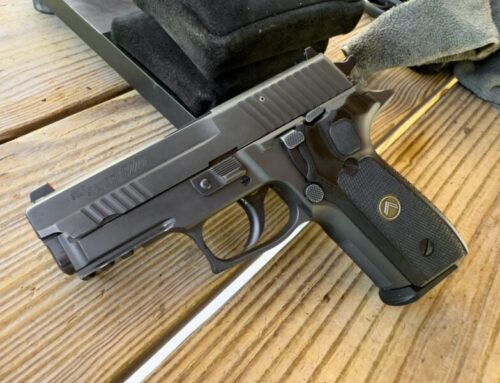
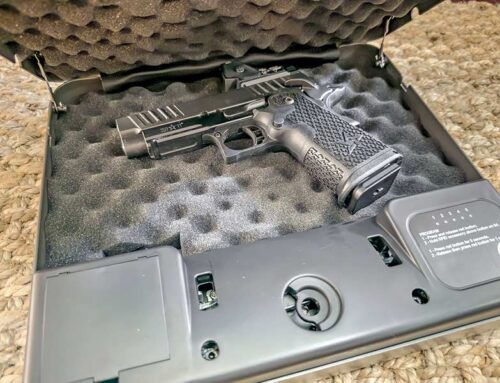
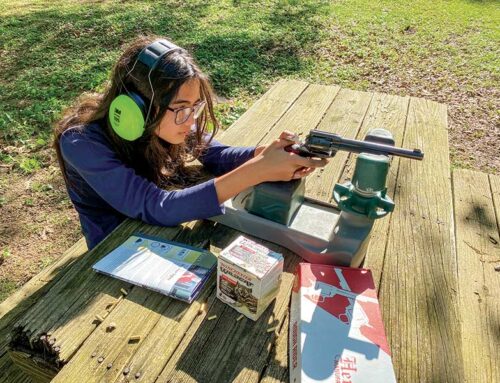
Leave A Comment